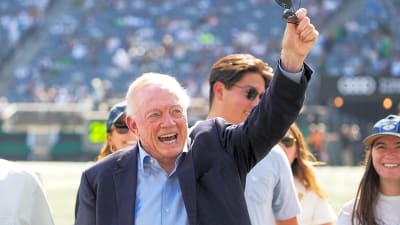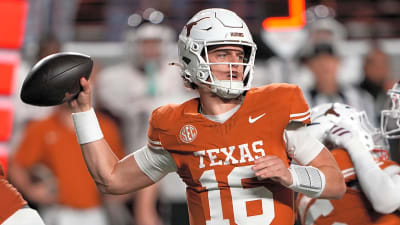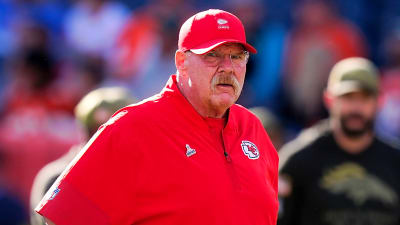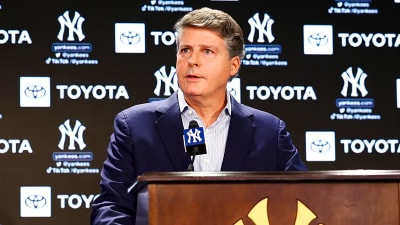
This week, the website MLB Trade Rumors published their annual salary projections for arbitration-eligible players across the league, based on an algorithm created by Matt Swartz.
Here's what they've got for nine Twins players, listed from most to least expensive:
- C Ryan Jeffers: $6.6M
- SP Joe Ryan: $5.8M
- OF Trevor Larnach: $4.7M
- SP Bailey Ober: $4.6M
- 3B Royce Lewis: $3M
- RP Michael Tonkin: $1.4M
- RP Genesis Cabrera: $1.4M
- RP Cole Sands: $1.3M
- RP Anthony Misiewicz: $1.1M
Which players will stick around?
The arbitration process generally leads to team-friendly salaries for players in their prime of their careers. But that doesn't mean it's always a straightforward decision for teams to keep each of those estimated contracts on their books. Players can be non-tendered if teams don't believe they're worth their arbitration number, and quality arb-eligible players are easy to trade because of their bargain value.
For the Twins, it's pretty simple to break those nine players into three different groups. The first group — Jeffers, Ryan, Ober, Lewis, and Sands — are guys who feel like fairly easy decisions for Minnesota to keep around at their projected number.
Jeffers is a solid starting catcher for whom <$7 million is a reasonable deal. Ryan, the Twins' ace, is a steal at <$6 million. He'd likely be worth at least four times as much on the open market. Ober is coming off of a down year, but his track record suggests he should bounce back. Lewis also struggled in 2025, but $3 million is nothing for a player with his upside. Sands has proven to be a quality reliever, albeit one you'd rather use in the middle innings than at the back end of your bullpen.
The big question in that group is whether Twins ownership would further slash salary and lean into a rebuild by trading Ryan for a haul this winter. That would be a tough move to sell to a fanbase that's already a mix of angry and apathetic about the direction the Pohlads have taken the team.
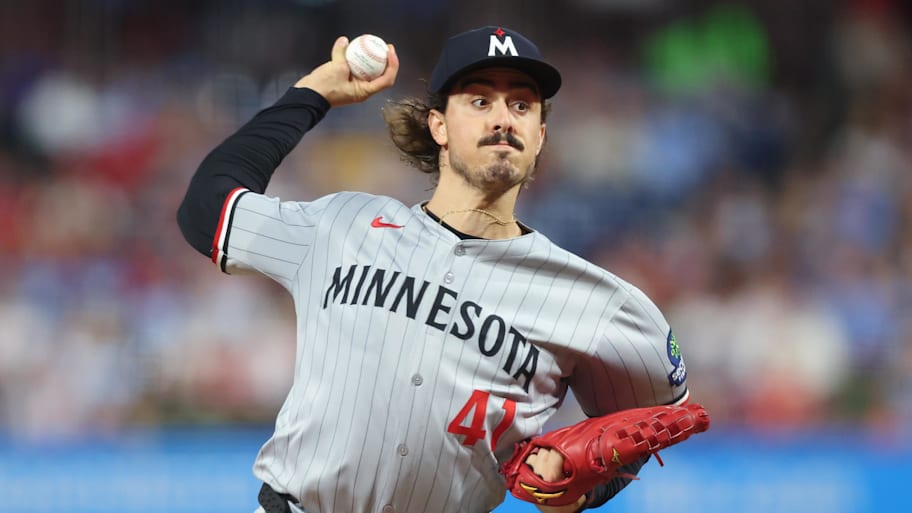
The second group is just Larnach by himself. Of the five players with projected arbitration numbers of $3 million or more, he's the one that feels like a potential non-tender or minimal-return trade candidate. Larnach has been the definition of mediocre, with a career 101 OPS+ that isn't good enough for a regular corner outfielder. He'll be 29 next season and could be moved to free up space for incoming prospects like Emmanuel Rodriguez, Walker Jenkins, and Gabriel Gonzalez.
The final group — relievers Tonkin, Cabrera, and Misiewicz — are obvious non-tender candidates even with low projected salaries. The only one with an argument to be retained is Tonkin, who turns 36 next month.
Twins' payroll outlook in 2026
The Twins have just two guaranteed contracts on their books next season in SP Pablo Lopez ($21.5 million) and OF Byron Buxton ($15 million, with a no-trade clause). Lopez is certainly a potential trade candidate to watch this winter, as moving him is the most obvious avenue for the Twins to cut payroll further. Again, that would be a tough sell to the fan base (and perhaps to Buxton, too).
They also have $10 million in dead money on the books for Carlos Correa. Add in the arbitration players who are likely to be retained, a $2 million club option for Justin Topa, and the money needed to fill out the rest of the roster with minimum-salaried players, and you get to a payroll baseline of roughly $85-90 million for the 2026 season.
From there, the single biggest question surrounding the 2026 Twins is this: How much additional money will the Pohlads give Derek Falvey to spend? $90 million would be an incredibly low payroll within the context of the rest of the league. That would be in the bottom 5-6 teams and less than half of the projected average payroll in MLB next year.
If the Twins boost their payroll back to even 2024 or 2025 levels at $130-$140 million, that would give the front office a significant amount of spending power to build out next year's team around the established core. And yet, the depressing reality is that it's difficult to imagine the Pohlads signing off on that level of spending after slashing payroll multiple times in the last few years.
Twins fans can only hope to be proven wrong in that regard.
More must-reads:
- Former All-Star Alek Manoah signs with a new team
- New Red Sox pitcher Sonny Gray lets his true feelings on the Yankees be known
- The 'Last pair of 100-yard rushers by team' quiz
Breaking News
Trending News
Customize Your Newsletter
 +
+
Get the latest news and rumors, customized to your favorite sports and teams. Emailed daily. Always free!
